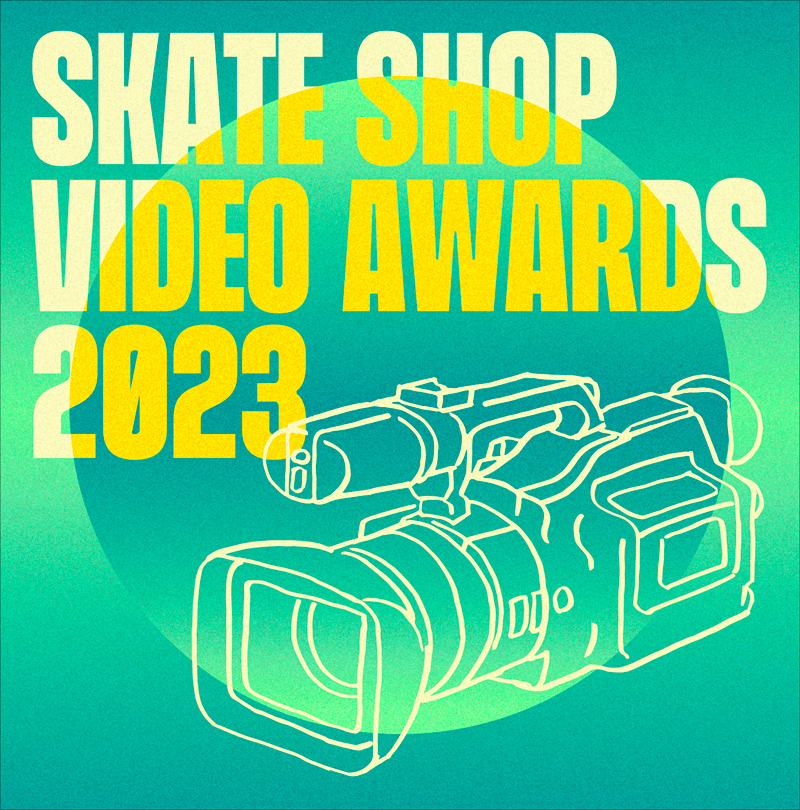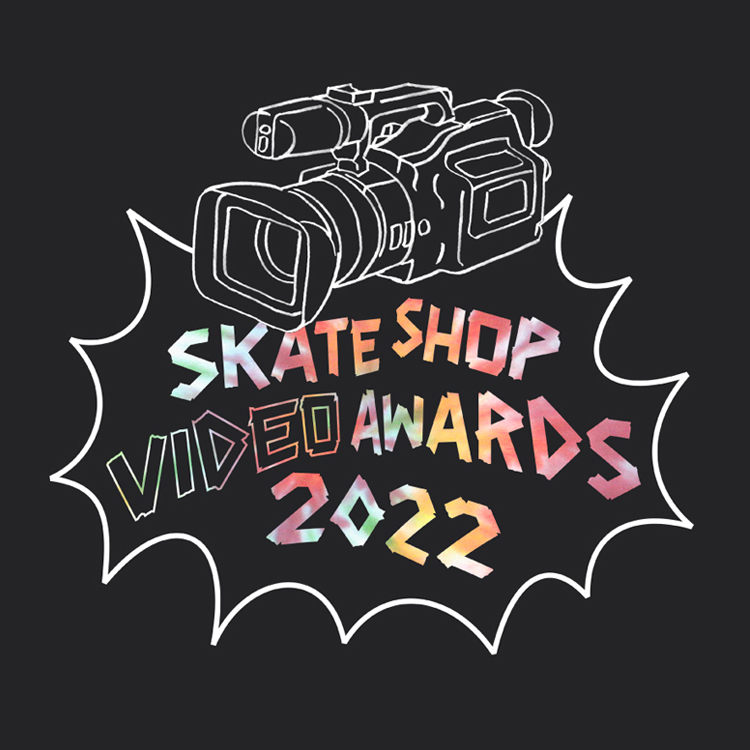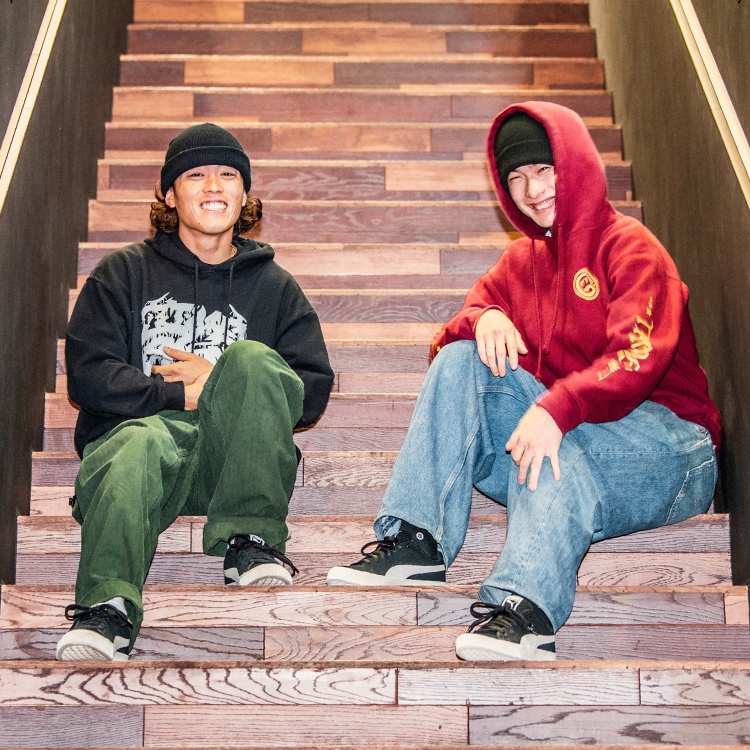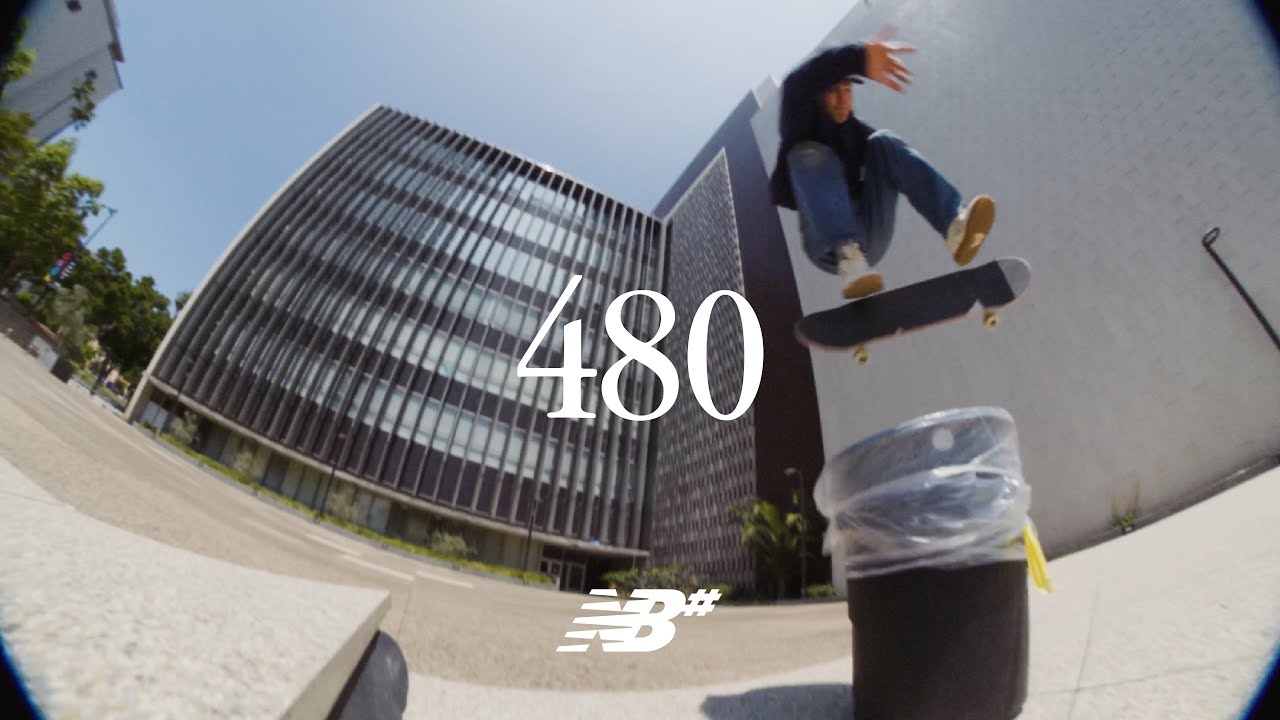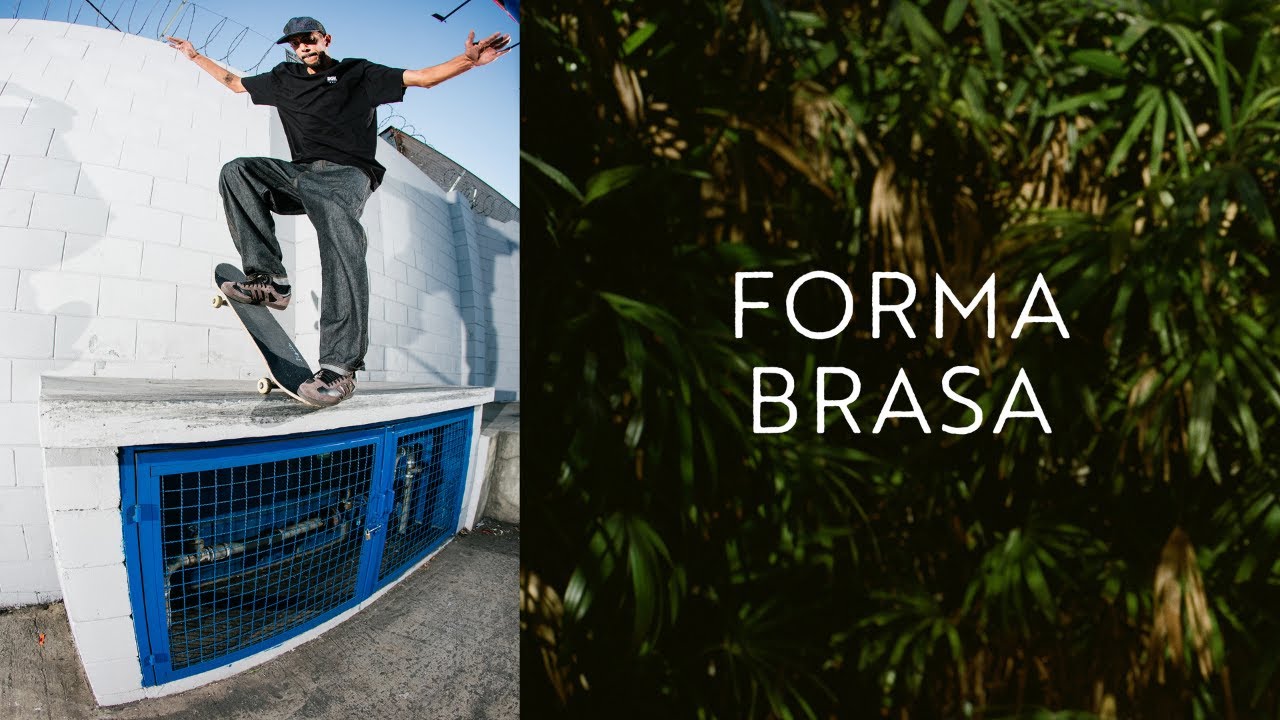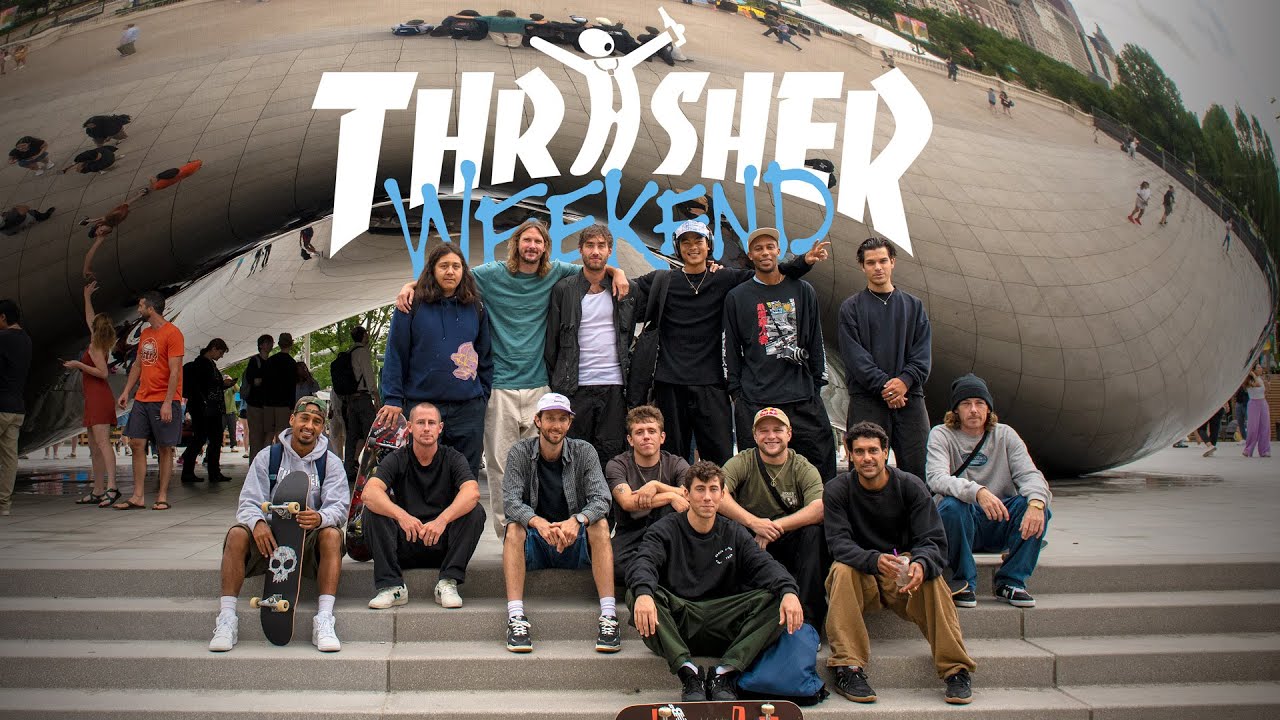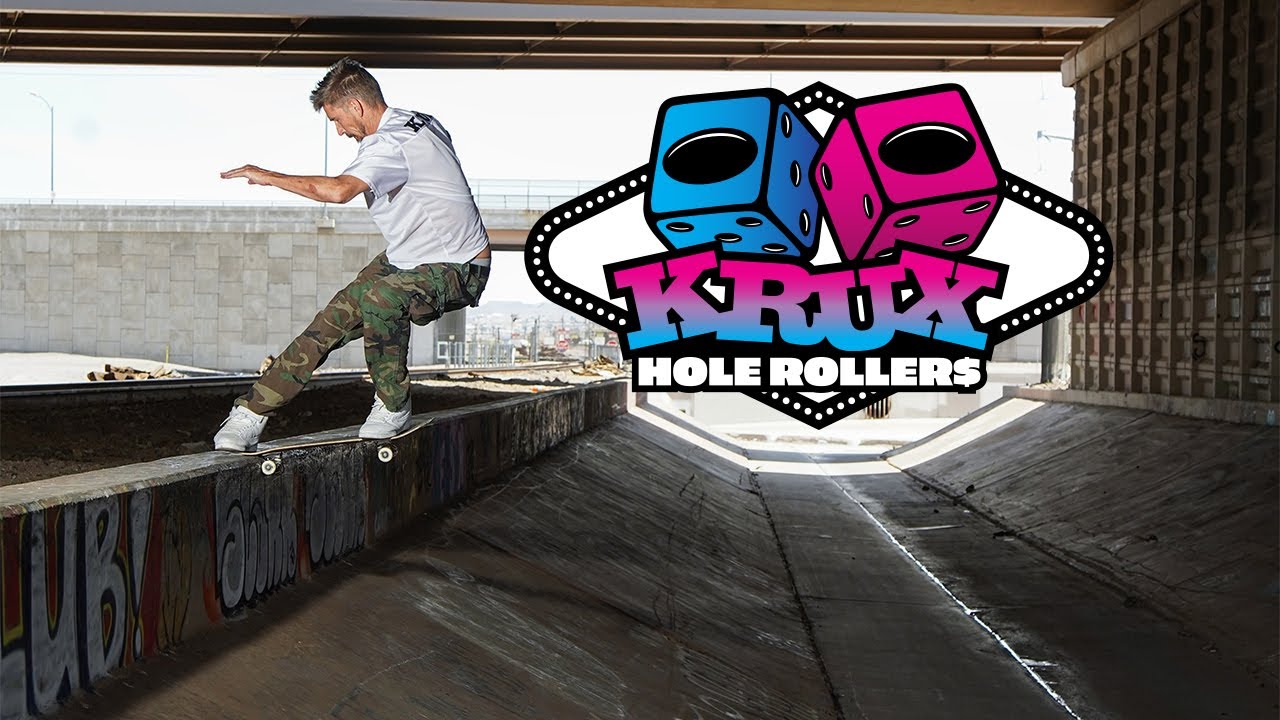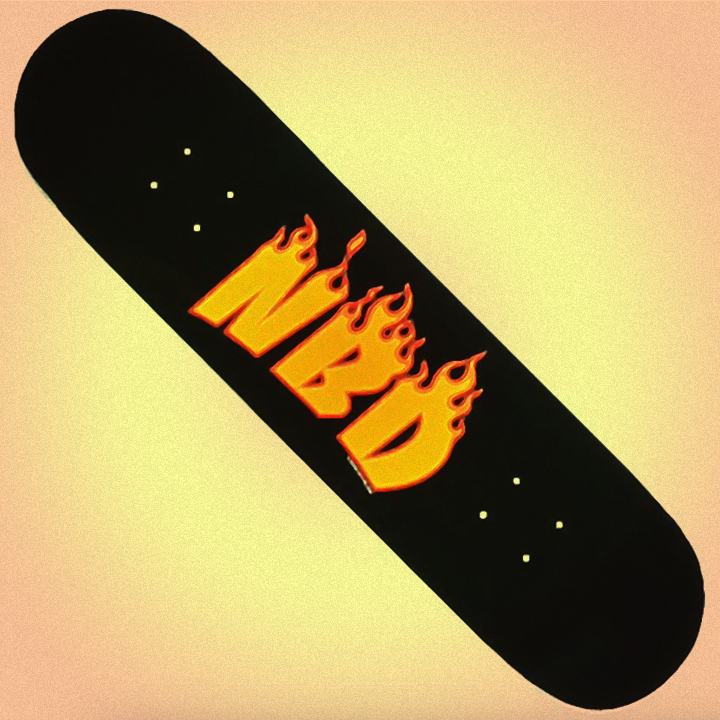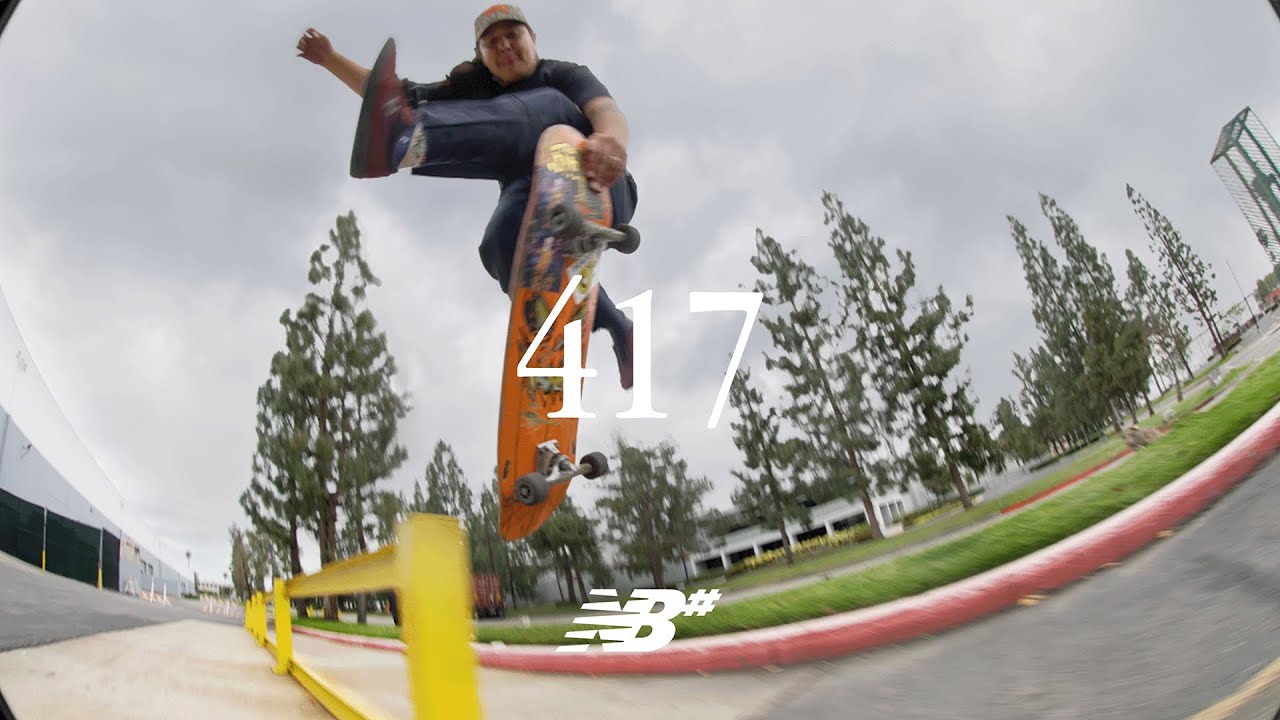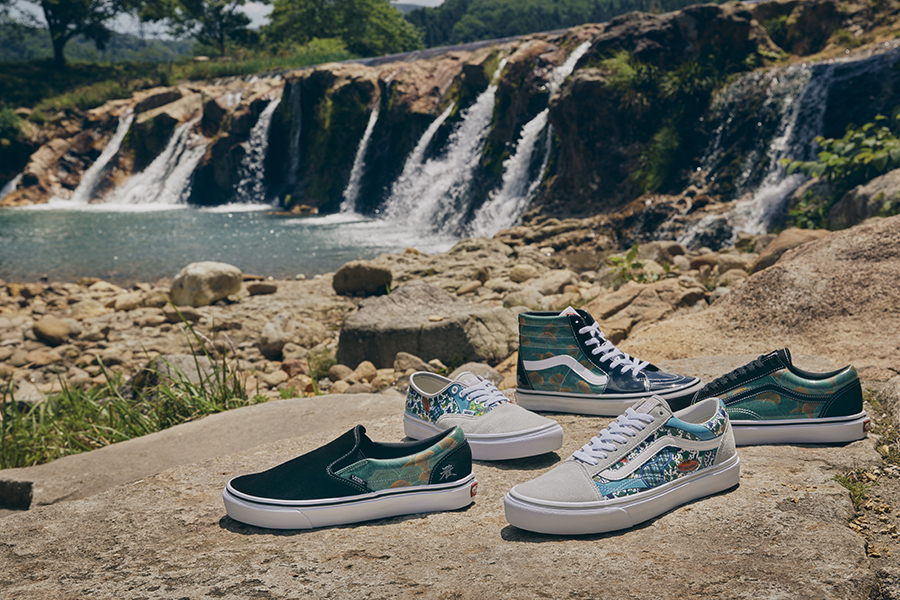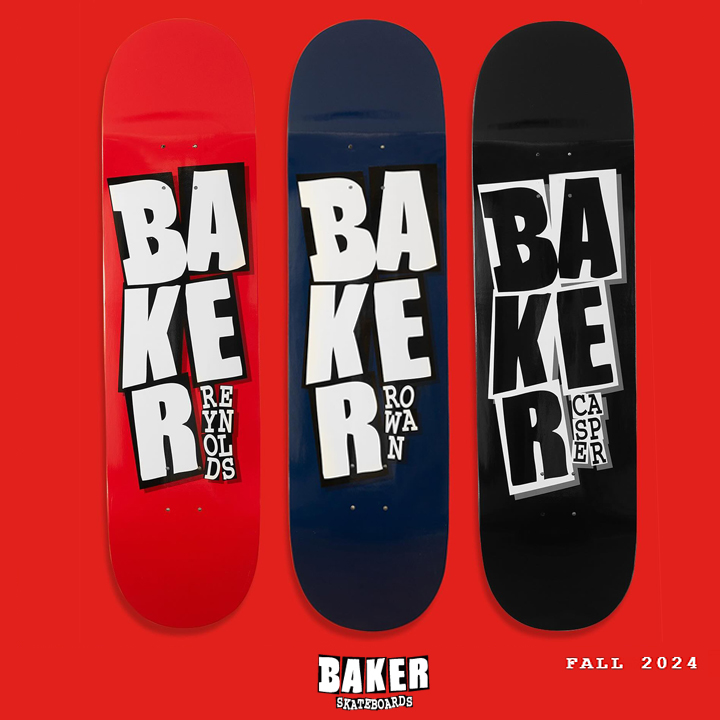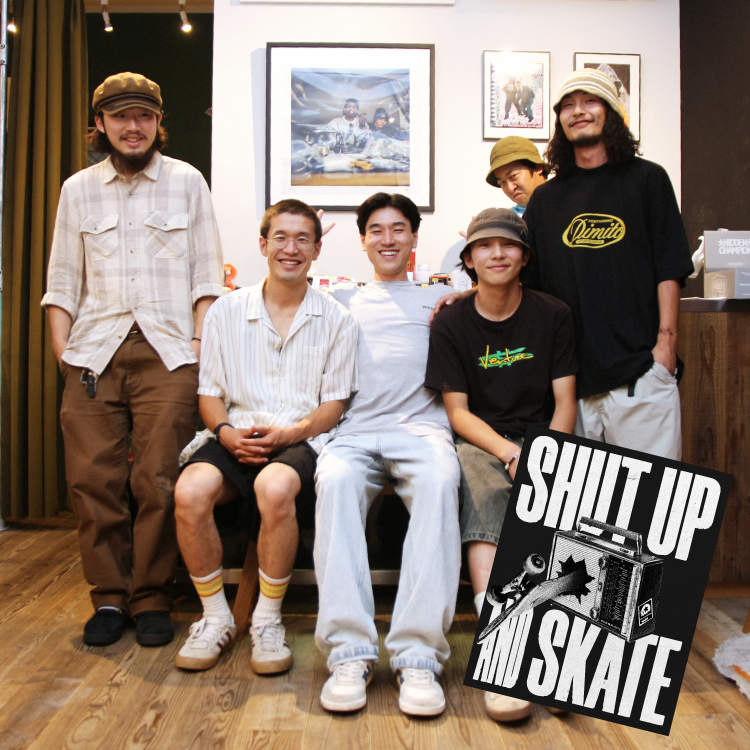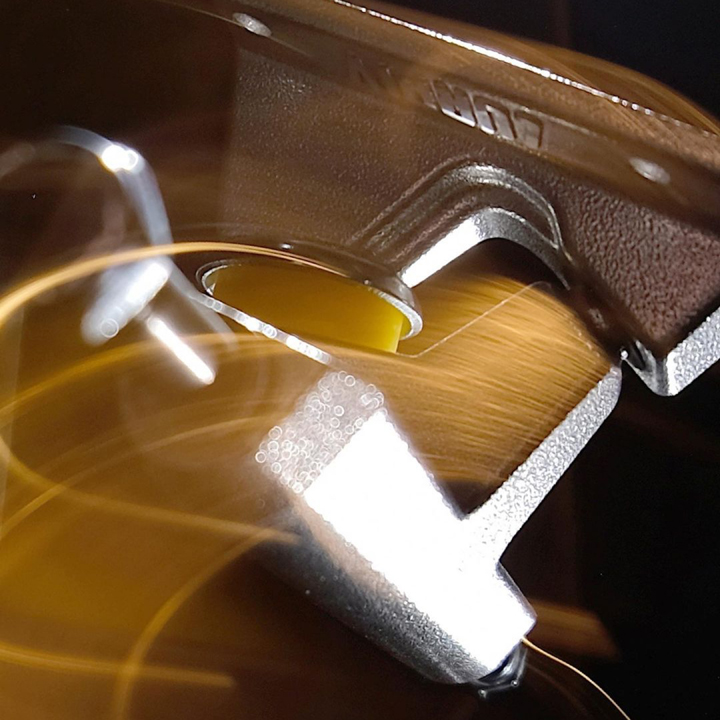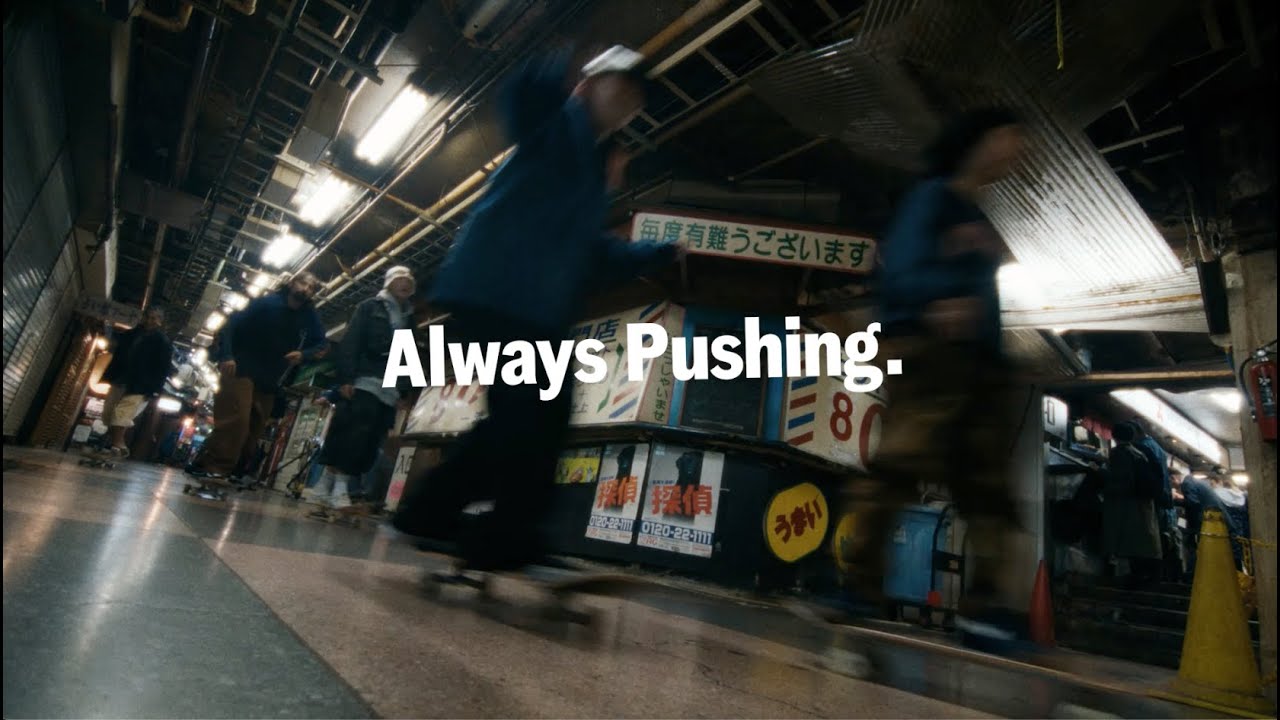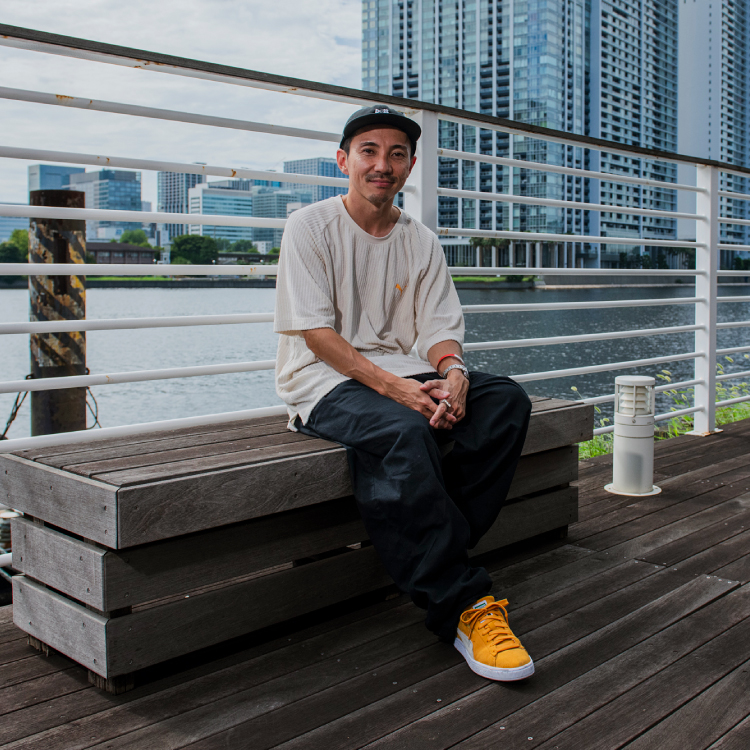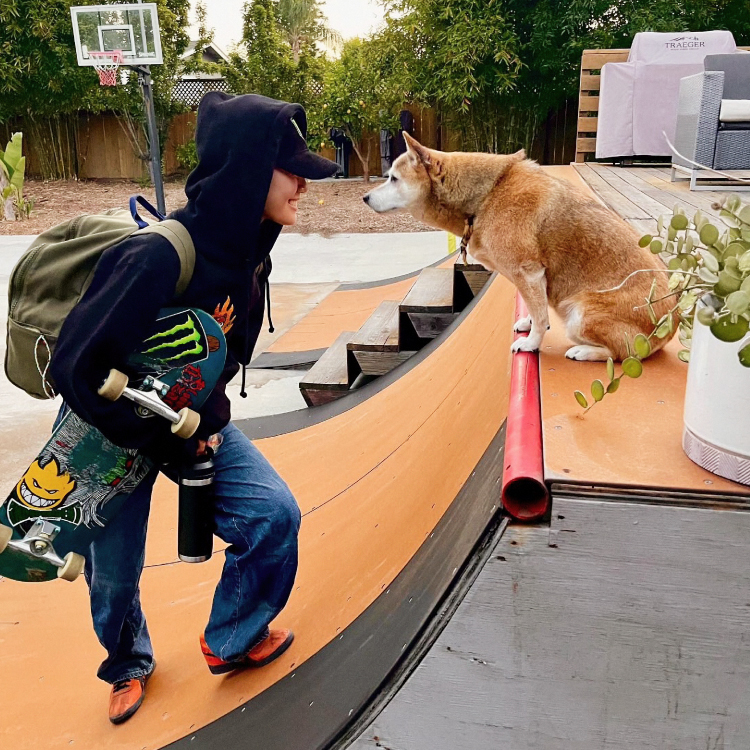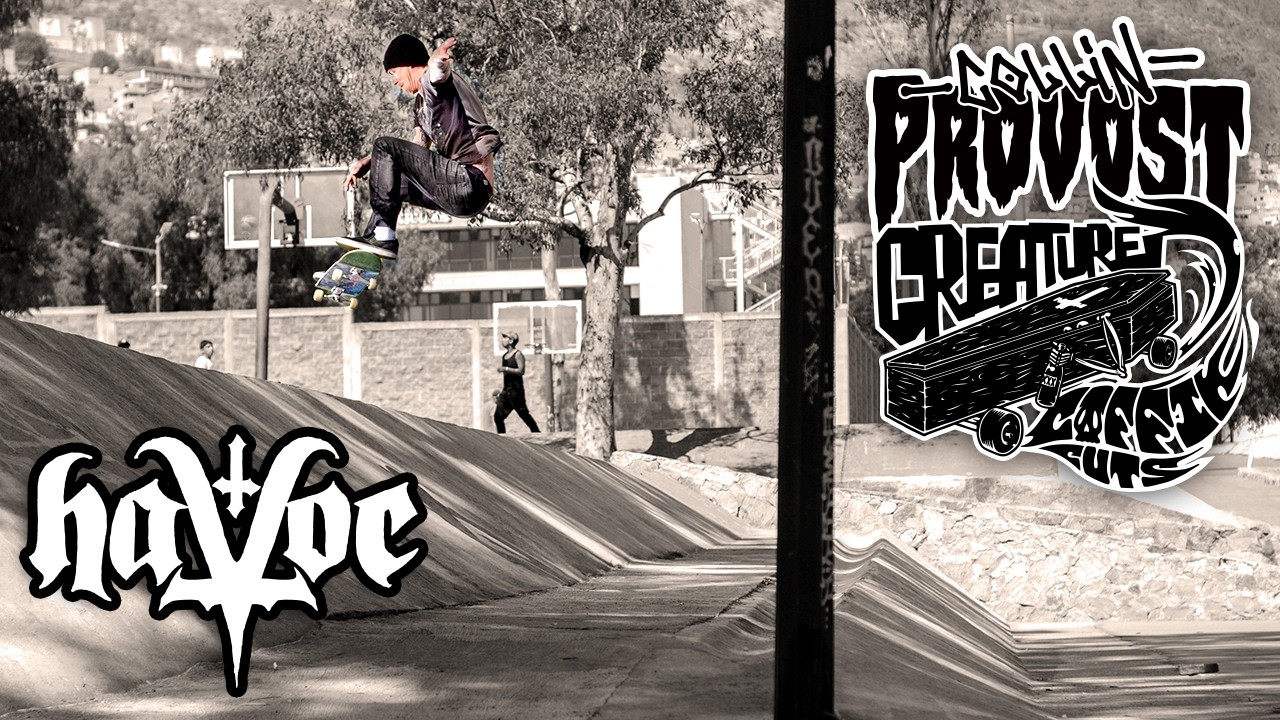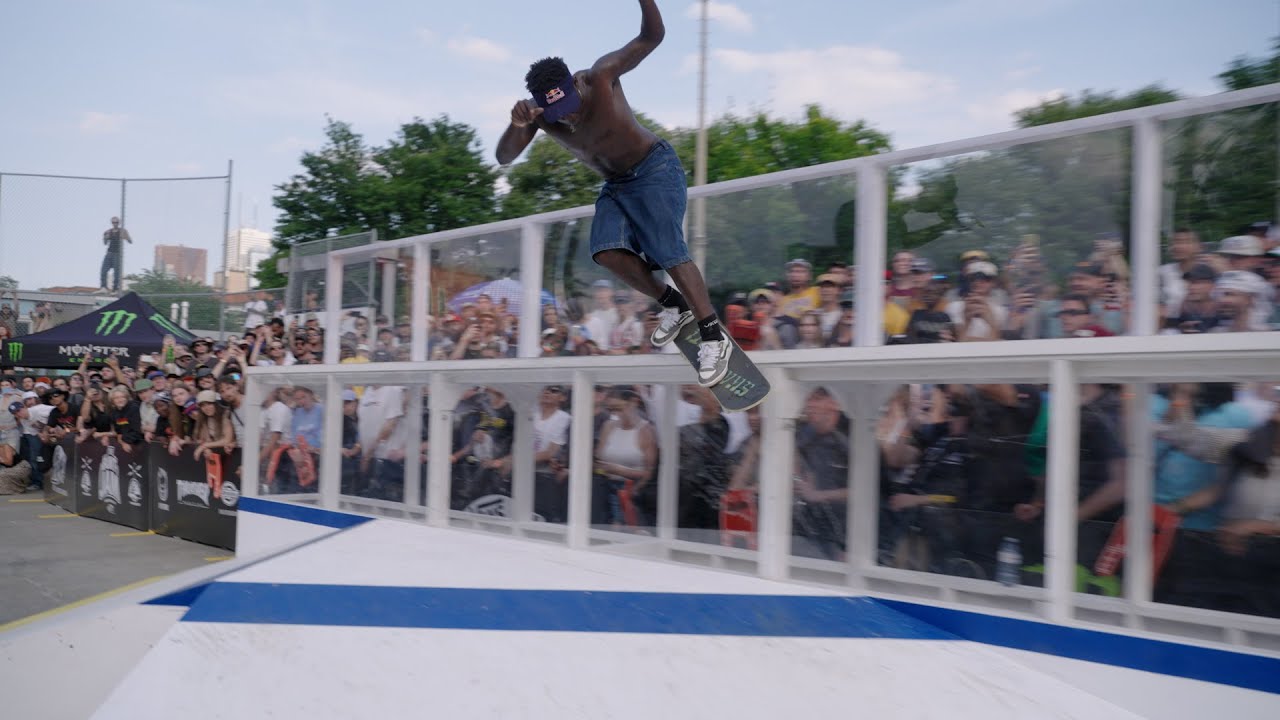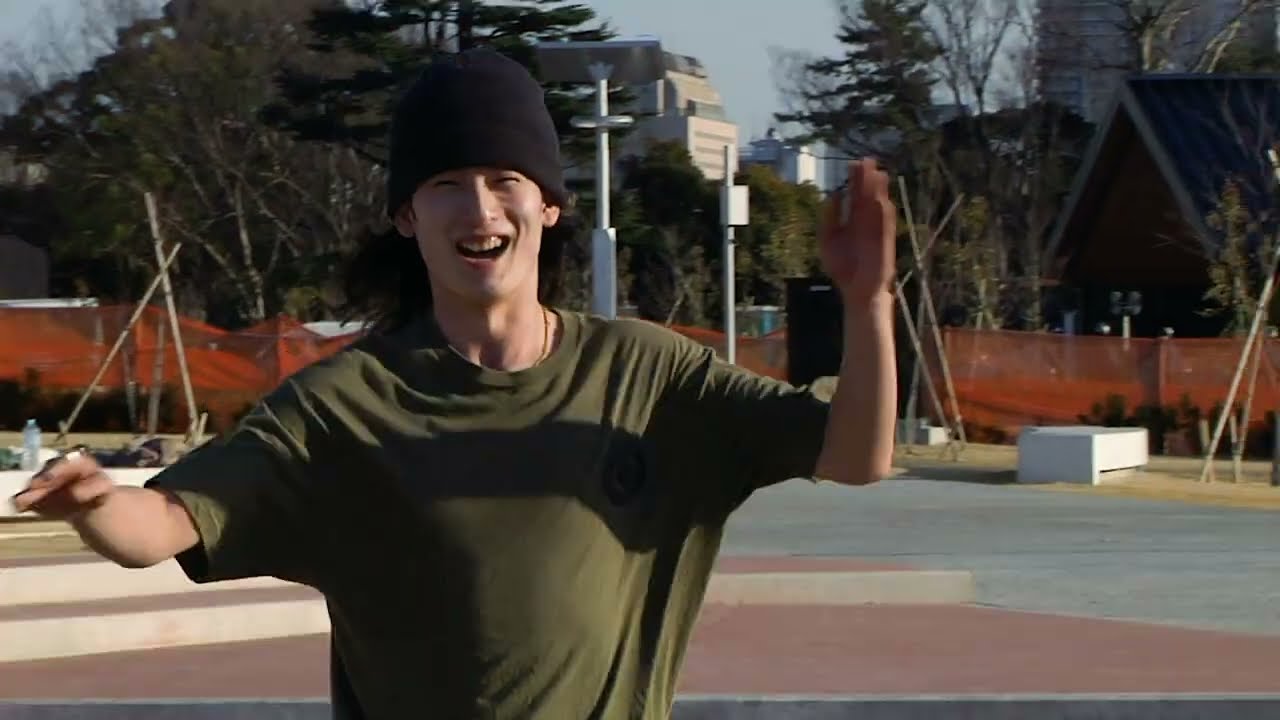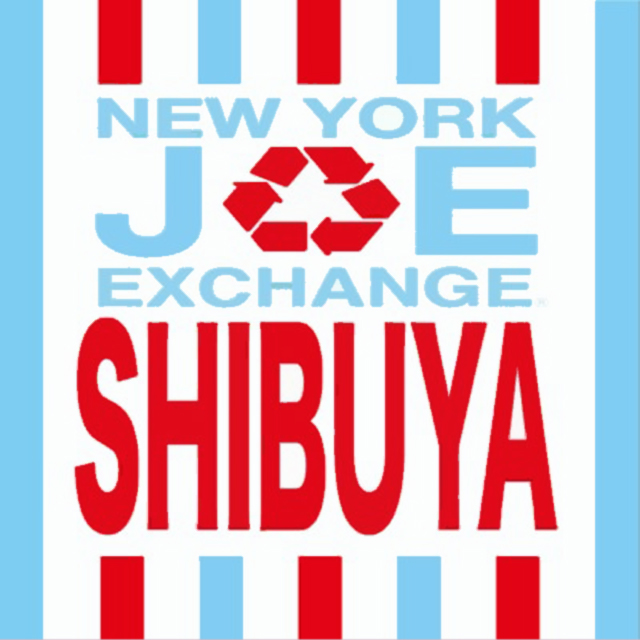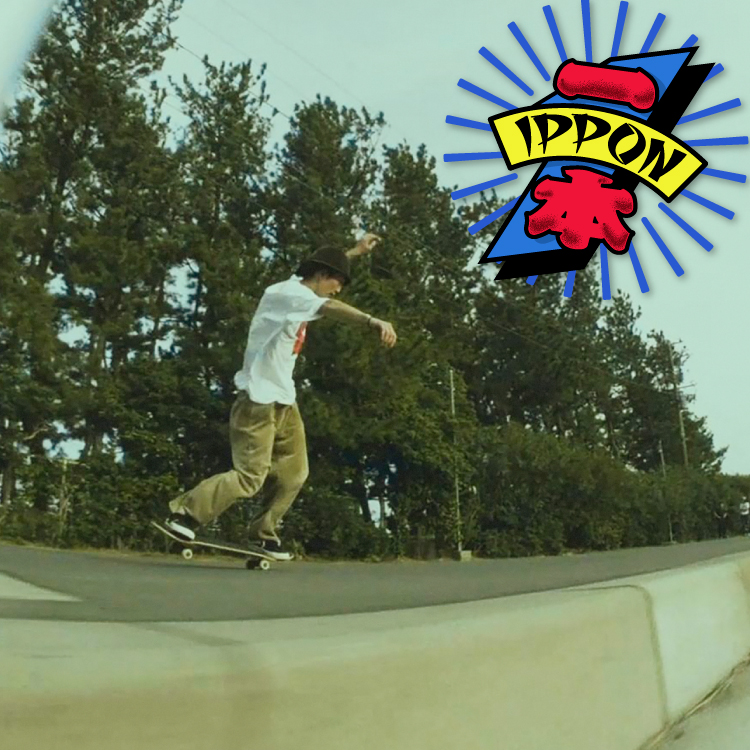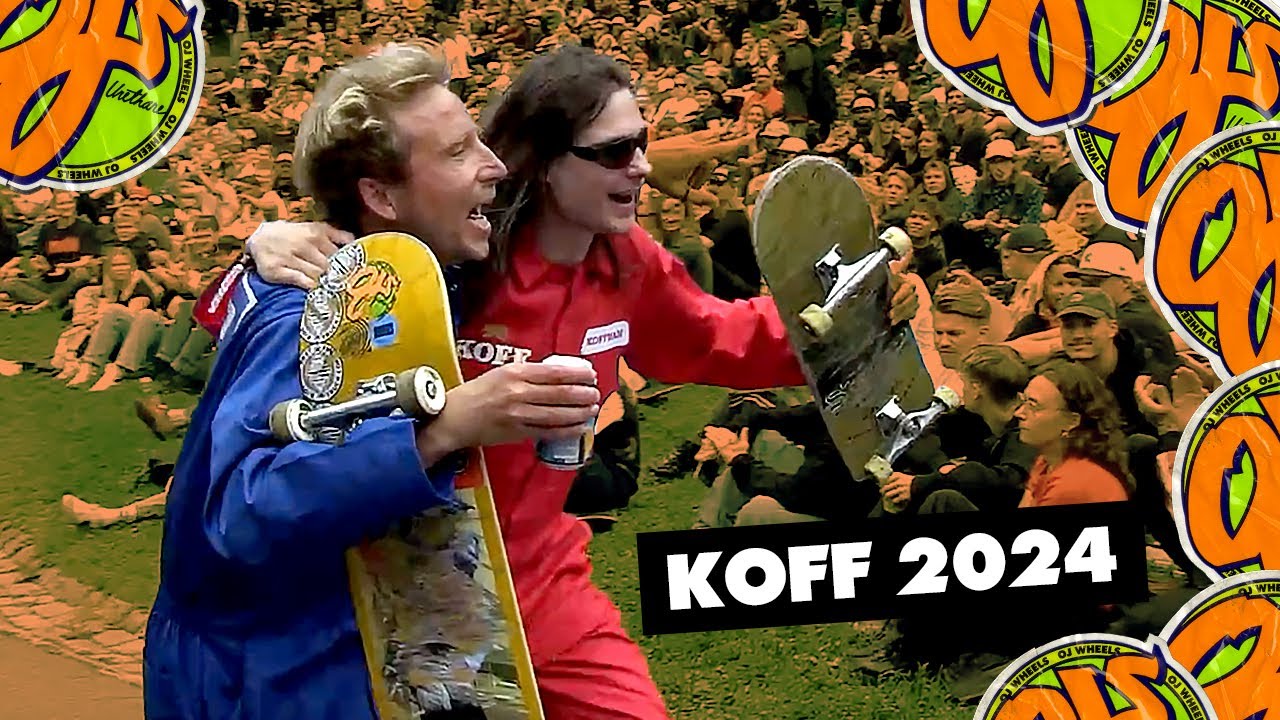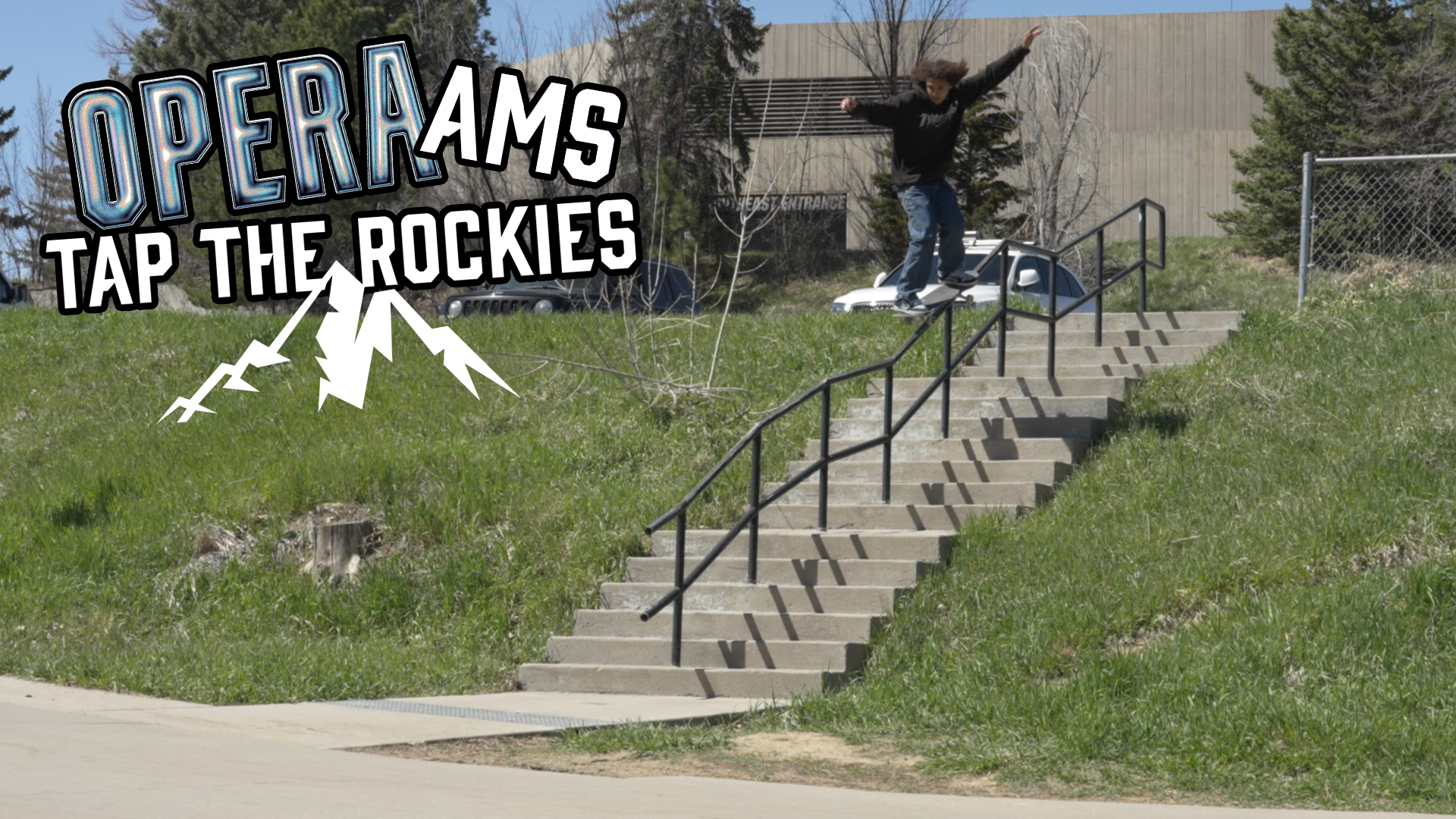Asota is a filmmaker known for "Haru No Ensoku" series and unown videos, and is currently working as a collage artist. He looks back on the trajectory of his creative works, which was spontaneously generated by his initial impulse.
──ASOTA (ENGLISH)
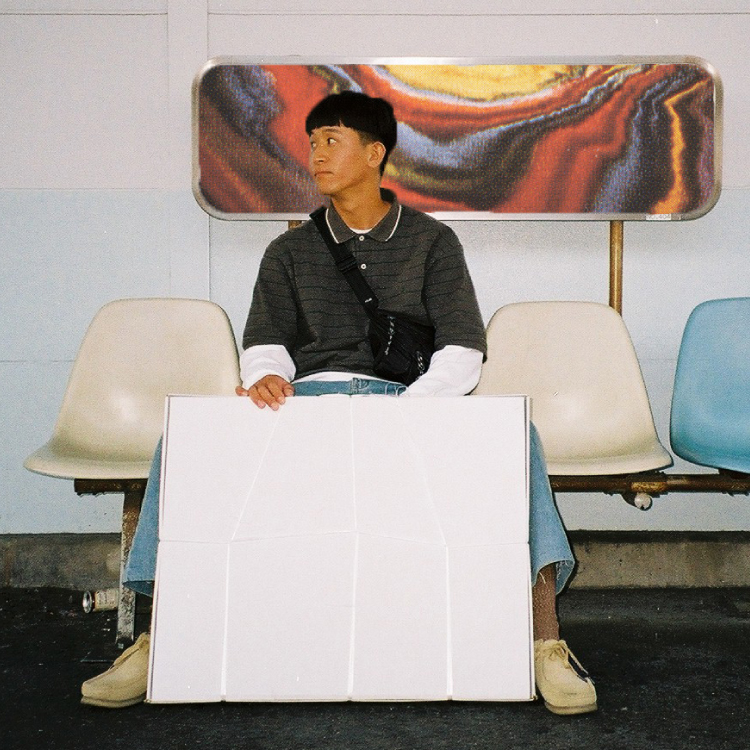
[ JAPANESE / ENGLISH ]
VHSMAG(V): To begin with, "Asota" is a nickname, right?
ASOTA(A)Yes, my real name is Yuta, which includes a word that means "play" in Japanese. When I was in junior high school, there was no one who found my name interesting. But in the first homeroom of high school, when we were all still meeting for the first time, there was a guy who talked to me for the first time. He's still my best friend and a surfer. He said, "Is your name Asota?" He was a genius at giving nicknames. That was the first time he focused on the word "play" in my name. It was just a nickname at first, but now it's my name as an artist.
V: When did you start skating?
A: I was riding a Carver or something when I was in elementary school, but I didn't start doing ollies until I was in the 8th grade. I'm 26 now, so that's about 12 years ago.
V: Are you from Zushi?
A: I'm from Hayama. I used to hang out in Zushi, Hayama, Yokosuka and Yokohama. The closest skate shop was dOUBLE fAITH. It's where ours skateboard&Co is at right now. The guys in Hayama were the type that don't go out much... There were a lot of weirdos. We didn't go straight to dOUBLE fAITH and became locals either. We learned how to ollie on our own by watching YouTube. Then we started going to dOUBLE fAITH and Fabric. Then unown opened when I was in high school.
V: How did you start filming?
A: There was a video camera at home. My father was quite strange. He didn't buy me any video games at all... I wanted to be a Lego designer when I was in elementary school. Ever since I can remember, I've always loved to make things. So when I entered junior high school, my father bought me an iMac. I was supposed to design with it, but I found myself immersed in skating. I had a video camera, so my friends and I filmed each other, edited the footage, and put it to music. I loved how it came out and got hooked from there.
V: When was that?
A: It was right after I started skating. So I was just messing around. I started to think of myself as a filmmaker when I made "Haru No Ensoku."
V: That was released in 2013. How did that series start?
A: It wasn't something I originally set out to do, like, "Let's work on this project." I was in my second year of high school at the time, and it was spring break after they graduated from junior high school. They were like, "What do we do?" They just got out from studying hard for the entrance exam and they had all this energy firing up in them. So they were like, "Let's go on a field trip on our skateboards!" They made an itinerary with cardboard and I found it at unown. It said, "Anyone who is late will be beaten with a tail." I was just starting to get interested in making videos, and Jin at unown told me about it. Actually, they're the original locals of unown. So I decided to take my video camera and tag along.
V: Did you know them?
A: No, I didn't know any of them. Maybe I had just said hi or something at unown. After the third time we skated together, we decided to skate to Hakone (laughs). I didn't have a specific image in mind, nor did I have any desire to make a buzz. I just thought it sounded like fun. It was a pretty good subject, so I went along, and when I edited it, it turned out to be really interesting. And the timing was right before the Zushi Beach Film Festival. So we decided to show it as part of the festival content. I put the video online, and it got a lot of views. That was the first time I experienced the joy of sending out something I thought was interesting and getting a response. That's when I really got into making videos.
V: You have to carry a heavy load of video equipment as you skate with them. What was it like filming them?
A: They're so careless (laughs). It's pretty ridiculous. I just used the interesting parts or the parts that look beautiful... They were all just starting to be able to do ollies, so they didn't have much stamina, and the timing for everyone to do their best was off. They were all going at their own pace... And it's too late to turn on the camera after something has happened. I was very careful about that, and I remember that I brought a lot of batteries and memory cards.
V: I can assume organizing footage is a pain in the ass too (laughs).
A: But at the time, I didn't even think about that. I was just having fun. But everyone liked the first one so much that it got difficult to make the subsequent series. I had to think and come up with the plan. In the end, I made five episodes all together. I shot the sixth episode, but I haven't made it yet. The thing is, the motivation was different from the first one where we were spontaneous and just having fun. When you do it as an adult, you tend to adapt to the world in a strange way...
V: The environment of street skating is so much different from 2013...
A: It was two years ago that I shot the sixth one. At the time, there was a growing number of girl skaters at unown, so we planned to do a girls' trip. But we didn't get much feedback from the girls saying, "This is the kind of trip we want to do." So I ended up giving them ideas and producing the whole trip. I asked a guy named Moss, who has been on the trip since the beginning, to help me with the filming, but we both felt that it wasn't quite right, so we haven't released it yet... I guess that's what "Haru No Ensoku" is all about. I feel sorry for the girls who went on the trip, but I hope to release it at some point.
V: So, is the first one the most memorable in terms of initial impulse and spontaneity?
A: Yes, the first one... We pushed 120km in the third one. That was a lot of work, too (laughs). In terms of the distance and the number of encounters, it was amazing. But all the episodes were memorable. It rained a lot in the fourth one... Every time we go to a new place, it's always interesting because it's not planned. I tried my best to keep up with them, and came back with as much footage as possible. I'm always confident that I can handle the editing...
V: Anything you can't forget?
A: There's a scene in the third one where we're welcomed by a lady at a meat store. We were planning to push hard on the first day, then buy some meat and have a wild BBQ party... (laughs). We bought a lot of meat at the store in Chiba and told the lady, "We're going to have a BBQ!" Then she was like, "Where are you going to have it?" We told her somewhere in the mountains, but she was like, "No, no, no! You can do it here! Just stay there!" Then, she brought all these things. It was like miso soup and everything. It didn't matter to her that we were skaters or anything. I think it was the straightforwardness of it that touched her. That's what I remember the most.
V: I'm sure you guys had a lot of nice experiences.
A: The first time I uploaded the first one online, I checked the response on the Internet. I found a random blog. I was personally impressed by what he wrote there. One day, he went to an izakaya (Japanese style pub) and overheard the girls drinking next to him. The girls were like, "We're totally living the time of your lives! We're living our youth! Seriously, we're so cool" Something like that. The man thought, "The kids in that field trip video I saw recently aren't thinking things like that. They're just feeling the wind in their faces. They're just moving forward. That moment is most beautiful. Isn't that what true youth is all about?" I was very happy to read that. It's true, and we weren't doing it because we wanted to be famous or anything like that. It was more of a natural thing. There was a lot of response from the grown ups.
V: Mayeb the grown ups recalled what they've lost.
A: Recently, I had a TV interview. It had been a while since I opened my Instagram, and I received a DM from someone I didn't know. There's a show called "Jun Tamura's Content Holic" where various guests introduce their recommended content. The guest was a director named Kentaro Fujii, and he wanted to introduce "Haru No Ensoku." He's the director of edgy programs on TBS like "Wednesday Downtown." He said, "There's a lot of YouTube content about skating nowadays, but this is the first one to capture the groove and vibe as it is." It gives me a warm feeling to see the response like that.
V: You've known the members of "Haru No Ensoku" since they graduated from junior high school, so you've been watching their adolescence and growth. And you've documented it.
A: Well, I don't look at them like a big brother figure, but more like a friend that I've been working with. I feel like I'm growing up with them. It all started with "Haru No Ensoku", but I went on to make videos as the unown crew... I think we've all grown as people.
V: What about the Scha Dara Parr songs you used in the video?
A: (Laughs) At first, I also used EVISBEATS songs along with Scha Dara Parr without permission. Then when I saw the EVISBEATS blog, he was like, "They're using my music without permission, but it's awesome!" In the end, it was okay... And through Jin's connection, I found out that Bose's hometown is close by and ultimately I got permission to use Scha Dara Parr songs. I thought I could use all their songs... but that wasn't what they meant (laughs). I used a lot of their songs, because the lyrics matched the video almost perfectly. Music has always helped make the video better.
V: You mentioned this earlier but you started filming for unown because of "Haru No Ensoku," right?
A: That's right. I always wanted to be an artist or an expressionist. The fact that I was given such an experience when I was in high school was a big part of it, and right after I filmed the first one of "Haru No Ensoku," I started going to an art prep school. I wanted to go to Tokyo University of the Arts. I didn't want to go to a private university and get a job, but I wanted to have an environment where I could do things freely. I also wanted to skate. I had ambitions to study art properly, then come back to skating and become an artist. But in the end, I failed. At that time, I was studying design all the time, 365 days a year. I wasn't even skating. I spent a year doing sketches, color composition, and 3D composition, every day. Then I failed the entrance exam again, and in the spring when life was getting tough, I was asked to make a video for unown. This time, it wasn't a "Haru No Ensoku" but a legit skate video. So I decided to put my exams aside and focus on the video. That was the first time I got to film unown riders like Shin Sanbongi, Shogo Zama, and Johnny (Yuki Hirose). I was also assigned to edit the film, and it was screened again at the Zushi Beach Film Festival, which was a different experience for me. It was really fun to film and edit clips of good skaters. It was my first time making a skate video, so I was fascinated by that feeling again. I thought I'd do well in the art world first, but I already had the best skaters around me, a good skate shop, and a respected mentor like Jin. And I had a place to present my work. It's already here. I realized that, and I told my parents that I wanted to quit taking entrance exams and go into this world, even though I didn't know what would happen. I didn't have any promises for the future, but I had friends. I told Jin how I felt at the after party of the film festival, and he was happy to hear it. That's when my life as a filmmaker began.
V: So it was like transitioning from documentary style to hardcore skate video?
A: Well, actually I hadn't lost my original style.
The unown crew is very naturalistic. We don't film in a planned way, we just go out and go with the flow. We use whatever's there and a good flow naturally happens. It's really fun for me to just capture that on film. So, rather than being a filmmaker, it became more of a lifestyle for me to go skating with them and document what happens.
V: I see. Just like "Haru No Ensoku," how grooves arise spontaneously when various people mix together is at the root of your creation, correct?
A: Well, but eventually I just lose it and things get bad... I got tired of being a filmer(laughs).
V: Really? But that mix of different people is what led to the Mixology Tour project, right?
A: Mixology started about a year after I started working as a filmer for unown. When I turned 20, I first met Shohei Maekawa, a photographer, at a skate shop called LAMP in Kyoto. He asked me to go skate in Thailand and help him with the filming. I've been filming local videos, but I've always wanted to go on a trip. I went to Thailand for two weeks, but Mixology didn't even have a name at the time. Shohei's just wanted to go. But when I came back and checked the video, I found that my VX camera was broken, and when I imported the video to my computer, it was choppy... I managed to fix it somehow, but in the end, I had to go back to Vietnam to film again because it was too fragmented to make a video. That's how the Mixology video came about. I think that's when Shohei first came up with the concept of "different local skaters getting together, mixing in different countries, and creating something new." That's how we made the first Mixology video and photo book.
V: And the next Korea trip became "TRAMI."
A: That was the year after the first video. Since we couldn't afford two trips, we decided to invite a lot of skaters. Some came only three days, some stayed for a week. Shohei and I were there the whole time capturing them.
V: I watched the video. It was chaotic (laughs).
A: The scene where I locked up the security guard was probably the most chaotic scene of my life (laughs). It was fierce... The first day in Korea was a holiday. We were wandering around Seoul, but there was no security or people at all. So it was great, and we were going all out. But after the holiday was over, they got super strict. Korea is a surveillance-camera society, so we were probably being watched pretty closely... Towards the end, we were suddenly surrounded from all sides... (laughs). We were really on the edge.
V: You said earlier that you got tired of being a filmer. How about now?
A: I don't work as a filmer anymore. I stopped filming about two years ago. I started doing Mixology premieres at various local shops, and my work started to be recognized in the skate world. And I was filming with Shin before he became a pro for Polar. "LENZ" was the first video that made a big impact on me, and that's how I discovered the fun of skate videos, and I started helping TBPR with "LENZ 3". That was right after "TRAMI" came out, and it was the best time of my filmmaking career, because I was able to shoot for Polar and "LENZ 3." I was working hard and doing great... I guess I got carried away and there was a bit of trouble in my hometown, and when I couldn't make ends meet, my filming went downhill. Up until then, I had been filming spontaneous crews from a distance, but TBPR's filming was a bit more systematic... I had to make sure to have good clips for Polar too. It was becoming more and more like a job, and it was becoming something I didn't want to do. I was willing to do my best, but somewhere I was lying to myself. I was getting more opportunities and more expectations from the outside, but it seemed like my life was getting out of control little by little. I got sick and couldn't leave the house at all. I was mentally depressed.
V: You lost your mental balance...
A: I found myself unable to leave the house at all. I got so scared that skaters would call me. I was depressed for about three months after that. I felt like I didn't know the meaning of life anymore (laughs). I was terrified to even think about skating. I talked to my parents about it, and went to get a car license, and tried to live as a single person, away from skating for a while. I worked a part-time job, and I was afraid to even think about skating for about a year. It seemed like my world had expanded through skating, but my mind was only on skating. I realized that I was so narrow-minded. I guess it was putting a lot of pressure on me. I couldn't have understood that at the time, and I can only say this now. But around that time, I got offered a collage job...
V: You had your collage art in the "TRAMI" into.
A: The first time I did collage was for a project at a prep school, and just like video editing, I enjoyed mixing various elements together and enjoying the chemical reaction. I really like that kind of thing, and I've always thought it was interesting. While I was working as a filmer, I was doing collages as a way to relax, and when I posted my work on Instagram, a woman offered me a job. It was a flyer for a record release party for a singer named Maliya, who was her childhood friend. That was my first collage job. That was in 2018, when I was working as a filmer before I left skating because of depression. It was after the Korea trip.
V: I see. It was when you were killing it as both a filmer and an artist.
A: Yes. It was a time when I was doing a lot. The next year, it bursted, and I got an offer from a record label called Island State to do an album cover. So I decided to focus on what I wanted to do, rather than skating or anything like that. That's when I started working with collage. The first album cover I did was for MALIYA's "Worth It" EP.
V: You said that you enjoy the chemical reaction of various elements, but how do you gather the materials for your collages?
A: I go to a used bookstore and collect all kinds of stuff, it's just like DJ sampling. It's a sampling art. It's the art form that fits best with transitioning from video editing. Once I was depressed, I went down to zero and came back up little by little, but I wanted to make something before skating. That's when I started making collages. I started to get commissions from my girlfriend and friends, and when I made a serious work for them and they were happy with it, it brought back the feelings I had when I was happy to show "Haru No Ensoku" at a film festival. I realized again that it's great just to be alive, and that it's good just to have people around me who are happy with what I make. At first, I was only doing it for fun, but when I tried making it, I felt like I was making something amazing, even though I didn't really know what it was. Then a record label asked me to work with them.
V: And that's Island State, the label that asked you to do the album cover.
A: Exactly. Originally, I was asked to do design work, but design fees are generally not that high. I thought it would be quite difficult to make a living doing that. But I don't do it on a computer, I actually cut paper and do it in an analog way. I'm also really good with my hands. I make really detailed things, and I think the work itself will have value once it's complete. It's not just design, it's my artwork. It's like having a client buy a painting and then using it in a design. I guess that's my style. If you look up collage artists on Instagram, you can find a lot of them, but most of them are only doing digital or design work. For me, it's not so much a job as it is an art form, and I want to preserve my work for the world.
V: First you had skating, then there's video, and then there's collage. You've been making things pretty much your whole life. What were your influences?
A: In terms of influences, there have always been many musical ones. My father likes to play instruments. When I started playing soccer in the first grade, my father started playing the djembe. Then he got interested in Brazilian music, and I went to see him play in a samba carnival. Then he shifted to the darbuka, a ceramic djembe instrument that is played behind belly dancers. My father still plays it. The master of darbuka is a leading figure in Japan, and I used to tag along with my father's sessions when I was in elementary school. I grew up in that kind of strange musical environment. That's why I've always loved music, regardless of genre. For "Haru No Ensoku," I've had a lot of people tell me that the sound was great. It was the same with unown videos and Mixology. I think my videos are helped in some ways by music. So the essence of my work, or rather the main influence, is music. Also, I don't think I'm the type of person who likes the work of a particular person. It doesn't matter who it is or what genre it is, I just go with what I feel, and that's why I can't really put it into words. It's like, "I want to feel! I want to absorb everything!"
V: So whether it's a video or a collage, what you value is that kind of spontaneous feeling or initial impulse?
A: It's important that I'm playing and having fun. Maybe it's because I was given the name Yuta, which has the word "play" in it, but how to make people sympathize with my playfulness has always been an important part of my work. Covid made me realize that the world is full of really strange things, which made me want to leave behind more collage works. I think there are a lot of people in Japan who have stopped thinking and accept what the government says without question, but I think that's really dangerous. I think it's natural for everyone to have their own way of thinking, but I think it's important to have a sense of doubt about what you receive. The most important thing I want to say is that you should have your own filter. That's why I use various gimmicks in my collages. I used to study drawing, so I have a high ability to complete a picture. I can put together things that are impossible or of uncomfortable sizes, and still make them work as pictures, and create works that are easy to view. However, there's something that makes you wonder like, "Hmm?" I want the viewer to do that. If you look at my collage with a playful mind, you will find a more enjoyable world hidden beyond, and whether you feel it or not is up to you. There's no right answer, but I'm trying to give it to you. "Please go ahead and play." This is the style I've found since I hit rock bottom, and it's what I'm enjoying the most.
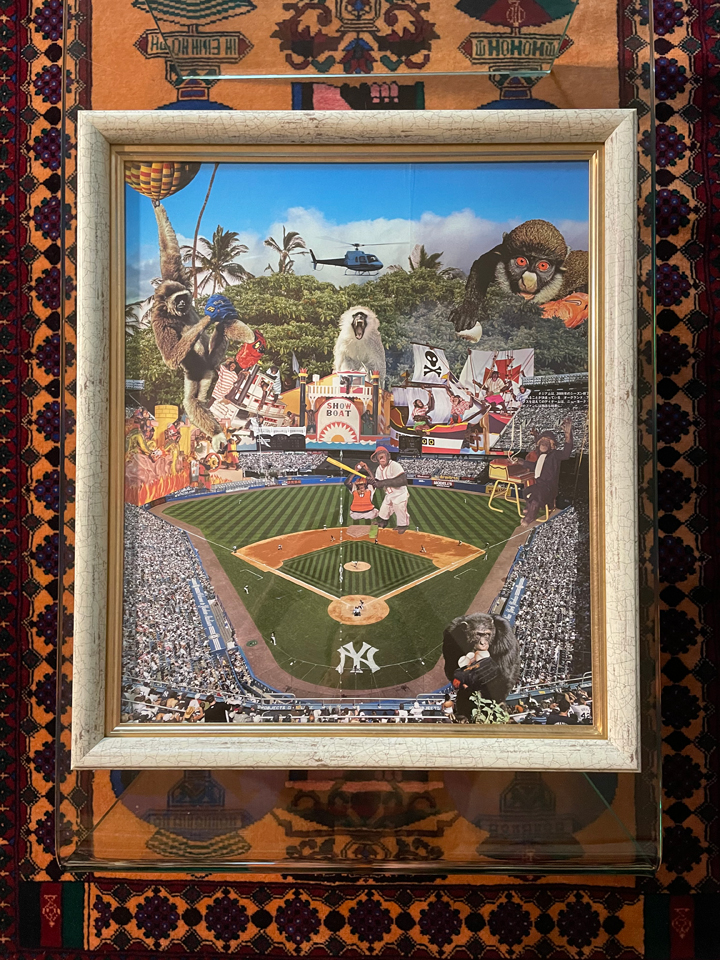
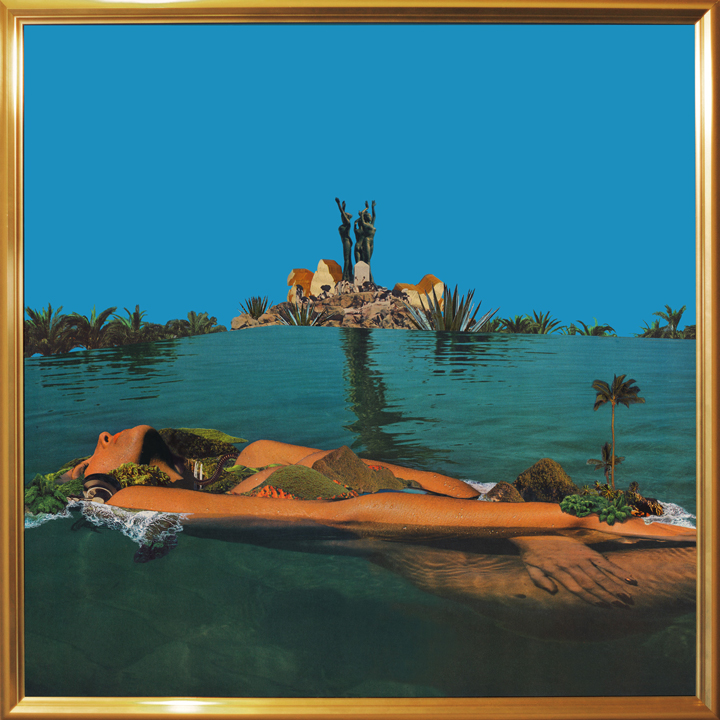
V: Everything's connected.
A: That's right. I'm not the type to plan my life, and even if I did, it wouldn't work out at all. It started out with my teacher at an elementary school, then a teacher at a prep school, and then I met Jin and Shohei. Then there were Ogu (Shingo Ogura) and Shinpei (Ueno) of TBPR. I met people I respected at various turning points in my life, and they changed my life in a good way. It was a natural progression that led me to where I am today.
V: I see. So you've decided to collaborate and exhibit at PagerTokyo. Can you talk about that?
A: Well, Tokyo is not a place that I have any particular connection to, so I actually had a hard time deciding what to do. When I had an exhibition at LAMP in Kyoto, I made a sports-related work because the Olympics was just around the corner. But for this one at PagerTokyo, I thought I'd put everything I could into it. Even if it's not tied to a theme, all my works have a common concept. I hope that people will be able to taste the world view of my works (laughs). But one big thing is that Jimbocho is a sacred place for used bookstores. In that sense, I've been going to Jimbocho for a long time. The word "pager" has the word "page" in it, so I thought it would be interesting to exhibit a work made by cutting up old books in a town that sells used books (laughs). I'm making good use of books. I also made the frames from old books. So pretty much everything is made of books (laughs).
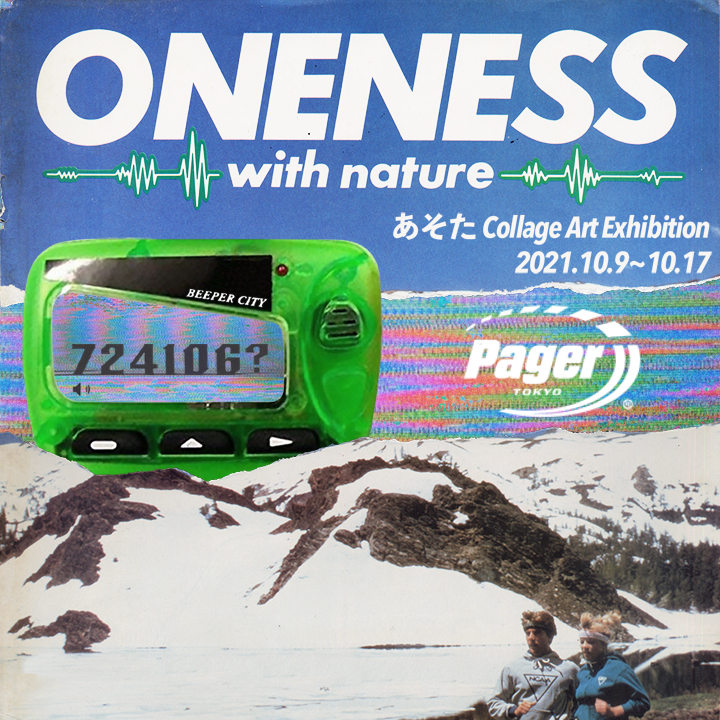
V: Amazing. That's spectacular. Let's wrap this up. What are your future plans?
A: It's not that I have been living with a vision... and it's not that I have big ambitions, but I simply want to continue making fun things. I hope that people around the world can relate to this, and that they can live with a more playful spirit and feel good. Then there's music. I really enjoy listening to the music I receive, crunching the essence of it, and sending out the best work I can to those people. I'd like to offer my work to people in genres of music I've never done before, and that's something I'm really looking forward to. Collage is a powerful tool that can be used for many things. It's not fair, is it? It's a sampling art. But it would be lame if people said, "You're just using the cool stuff from whoever you're using." I think I could be sued if I did that. But the important thing about collage and sampling art is that it's like taking a really good dump. You have to eat a lot of different materials, but it can't be diarrhea or rocky poop. If you can shit a really good long one, no one will complain (laughs).
Born in Hayama, Kanagawa. Asota began his career as a filmmaker after gaining attention for his documentary series "Haru No Ensoku." Since then, he has worked on a series of works for unown and Mixology Tour, and is currently working as a collage artist in music and other fields.

